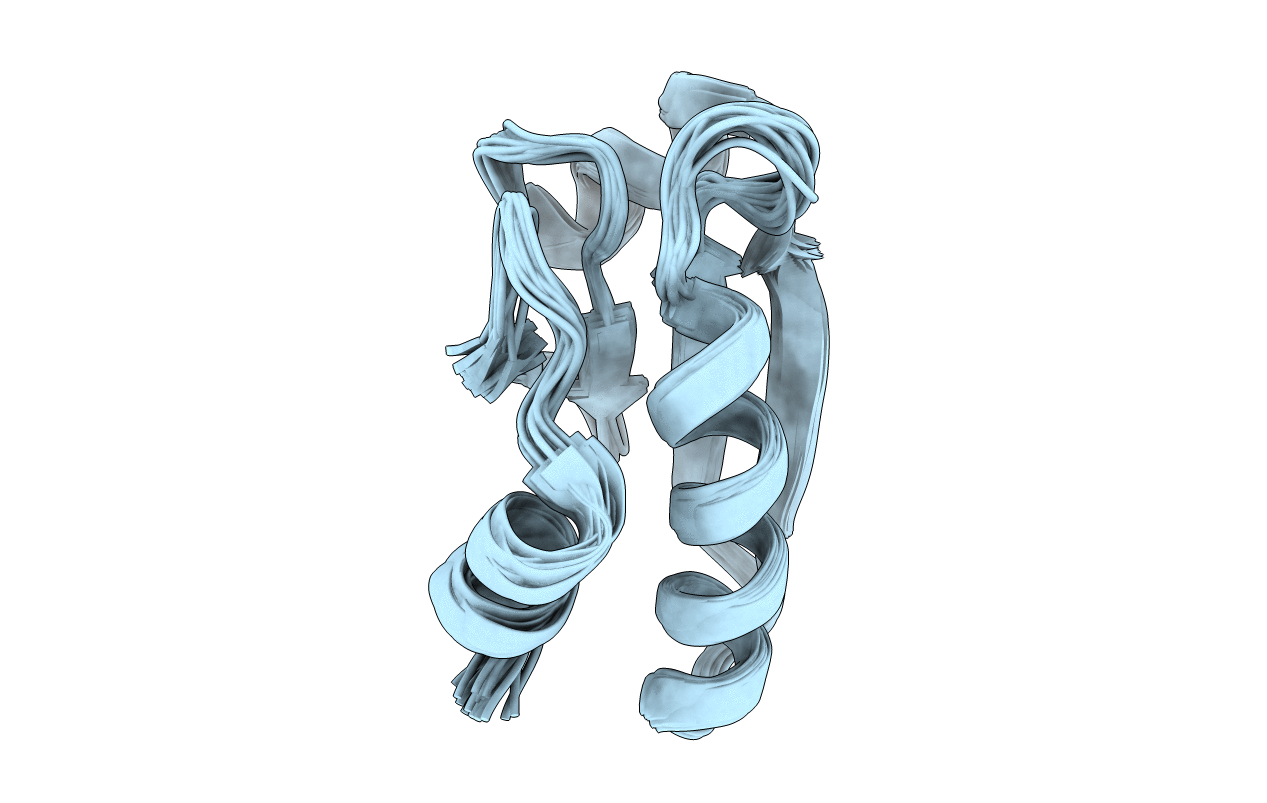
Deposition Date
2001-05-08
Release Date
2001-11-14
Last Version Date
2024-05-22
Entry Detail
PDB ID:
1ILO
Keywords:
Title:
NMR structure of a thioredoxin, MtH895, from the archeon Methanobacterium thermoautotrophicum strain delta H.
Biological Source:
Source Organism:
Host Organism:
Method Details:
Experimental Method:
Conformers Calculated:
50
Conformers Submitted:
21
Selection Criteria:
structures with the lowest energy


